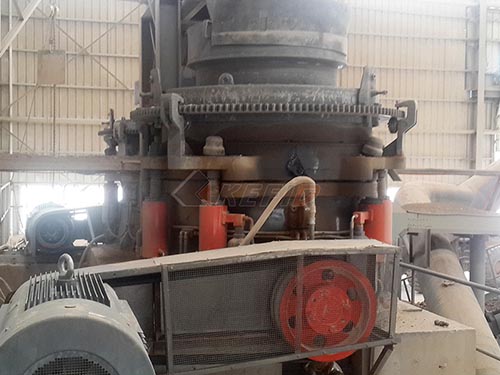The Critical Role of Material Density in 16-32 mm Crushed Stone: A Comprehensive Guide
Crushed stone is the bedrock of modern construction and infrastructure development, quite literally forming the foundation upon which our built environment rests. Among the various gradations available, 16-32 mm crushed stone represents a crucial mid-size fraction prized for its balance of strength, drainage capability, and workability in numerous applications ranging from road bases and railway ballast to concrete production and drainage layers.
While factors like particle shape, hardness (Los Angeles Abrasion value), and gradation are undeniably important, material density stands out as a fundamental physical property with profound implications for engineering design, material specification, cost estimation, transportation logistics, and project performance.
Understanding Density: Bulk Density vs Particle Density
It’s essential to distinguish between two primary types of density relevant to aggregates:
1. Particle Density (Specific Gravity): This measures the mass per unit volume of the solid rock particles themselves, excluding any voids between them or within their internal structure (if porous). It’s typically expressed as:

Apparent Specific Gravity: Mass per unit volume excluding only permeable voids accessible by water under standard test conditions.
Bulk Specific Gravity: Mass per unit volume including both impermeable pores within the particles and permeable voids.
Unit: Usually dimensionless (as a ratio relative to water) but can be expressed as tonnes per cubic meter (t/m³) or grams per cubic centimeter (g/cm³). Particle density depends primarily on the mineralogical composition of the parent rock.
2. Bulk Density: This is arguably the most critical parameter for practical engineering involving loose aggregates like crushed stone.
Definition: Bulk Density refers to the mass of aggregate per unit volume including both the solid particles and all void spaces between them within a specific container or state of compaction.
States:
Loose Bulk Density: Measured by filling a container without any deliberate compaction effort beyond leveling off excess material at the top.

Compacted Bulk Density: Measured after applying a specified amount of compaction energy (e.g., rodding or vibration according to standardized test methods).
Unit: Almost universally expressed as kilograms per cubic meter (kg/m³) or tonnes per cubic meter (t/m³) in metric systems; pounds per cubic foot (lb/ft³) in imperial systems

Leave a Reply